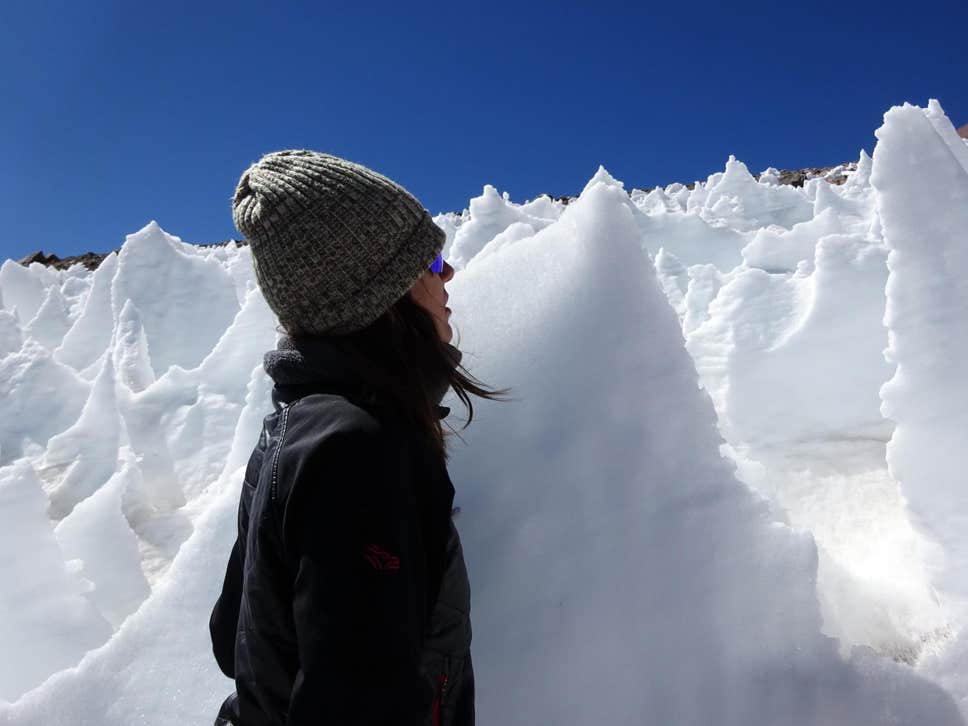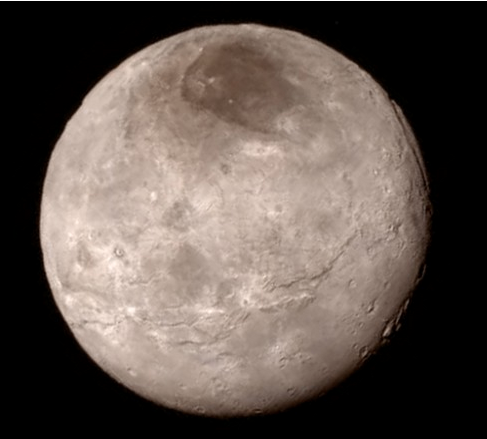
The discovery of ‘snow algae’ in ice spires in the high remote Andes Mountains points to the possibility that alien life could thrive on Pluto. Microbes have been found in Chile near Llullaillaco, the world’s second-highest volcano. It is one of the harshest environments on Earth, home to extreme winds, temperature fluctuations and high ultraviolet radiation exposure, writes the Independent.
Lara Vimercati, the lead author of the study, said: “Our study shows how no matter how challenging the environmental conditions, life finds a way when there is availability of liquid water.”
The dramatic ice spires, or penitentes, can grow up to 15ft in height and are only found at high elevations in the dry Andes. They have also been discovered on Pluto and are speculated to also exist on Europa, one of Jupiter’s moons.

Biologists at the University of Colorado Boulder noted red coloration – a giveaway sign of microbial activity – in penitente fields 16,000ft above sea level. Samples confirmed the presence of two algal species in the ice, the first documentation of any life forms in such an environment. According to researchers, these spires provide shelter for microbes by providing a source of water in an otherwise arid and nutrient-poor environment.
Steve Schmidt, a professor of microbial and co-author of the study, told the Independent: “We’re generally interested in the adaptations of organisms to extreme environments. This could be a good place to look for upper limits of life.”
The name “penitente” comes from the Spanish word meaning “penitent one” and comes from their resemblance to a procession of monks in white robes doing penance. They form in snowfields subject to a unique combination of high radiation, low humidity, and dry winds.